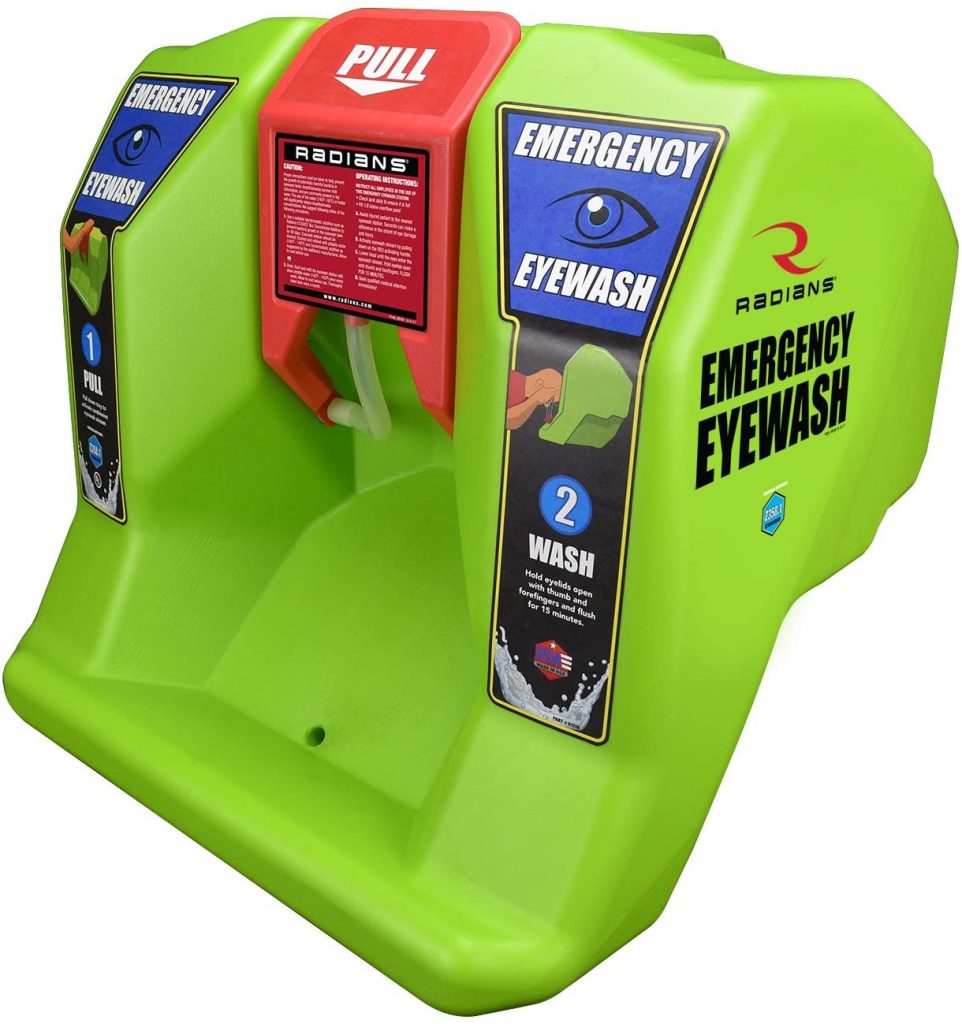Understanding eyewash stations and their requirements

The Center for Disease Control and Prevention states that each day about 2,000 U.S. workers have a job-related eye injury that requires medical treatment. Chemical burns to one or both eyes are common.
Many of these injuries can result in blindness. Proper safety equipment, such as eye protection and eyewash stations can save a worker’s eyesight.
OSHA on Compliance
The General Requirements in section 29 CFR (Code of Federal Regulations) 1910.151 states “…where the eyes or body of any person may be exposed to injurious corrosive materials, suitable facilities for quick drenching or flushing of the eyes and body shall be provided within the work area for immediate emergency use.”
American National Standards Institute
(ANSI) Standard Z358.1-2014 sets universal minimum performance and use requirements for all eyewash stations and drench shower equipment.
ANSI standard Z358.1-2014 says an eyewash station must:
- Be accessible within a 10-second walk from the hazard
- Be accessible without the need to walk up or down stairs, ladders, or cross any obstacles or roadways etc.
- Deliver a 15-minute continuous flow of tepid fluid at 0.4 gallons per minute and be 60-100°F
- Be located in areas where caustic or hazardous substances are present
- Activate in one second or less and with one single motion
- Be unobstructed
- Be highly visible and identified with a sign
Where to place your emergency eyewash station
According to ANSI standards, the following areas must meet emergency eyewash compliance guidelines:
- Painting and solvent operations
- Battery charging stations
- Tool parts washers
- Laboratories
- Hazardous chemical storage
- Chemical pumping and/or mixing areas
- Anywhere you use a chemical that has SDS eyewash requirements
For more information contact UniFirst First Aid + Safety today for a free consultation.
